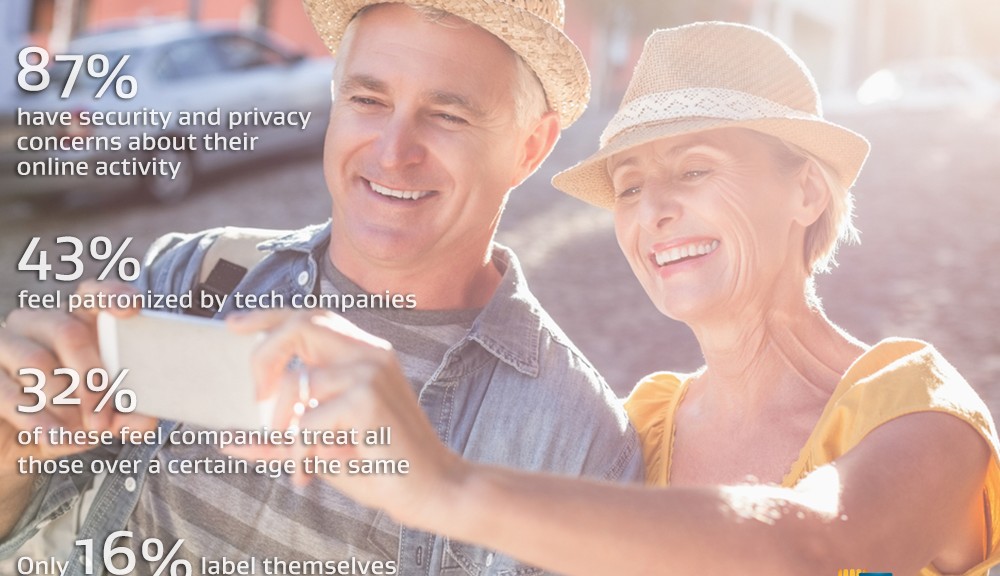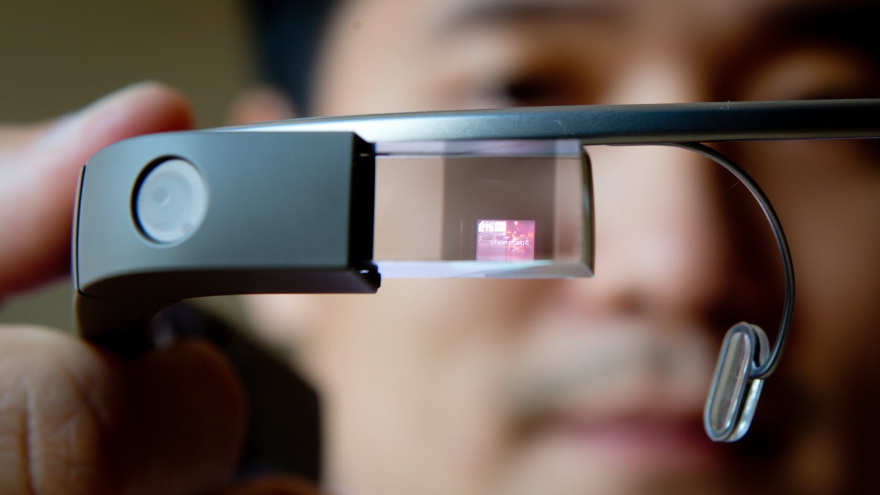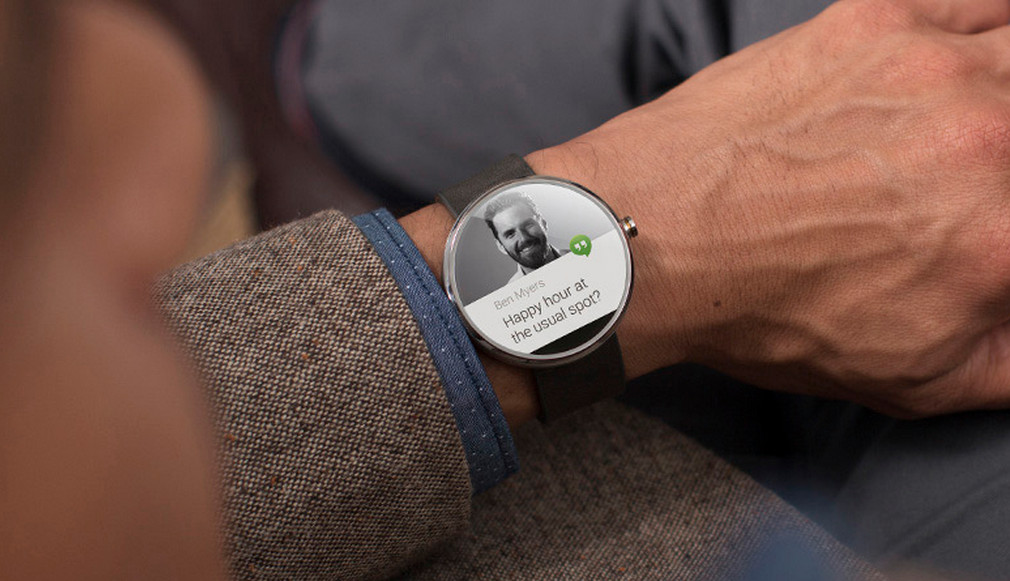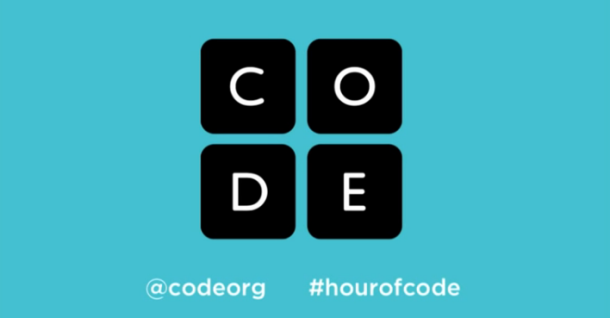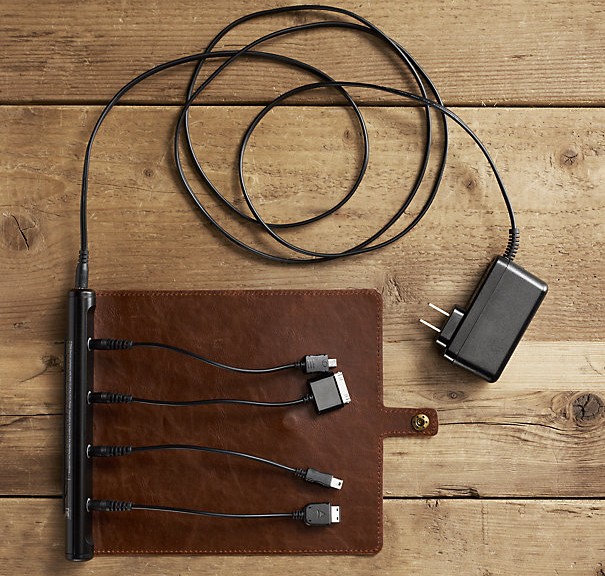As Ann Karpf, the British journalist and sociologist reported in her January 4, 2015 New York Times Op-Ed piece on “The Liberation of Growing Old”: “Ageism has been described as prejudice against one’s future self. It tells us that age is our defining characteristic and that, as midnight strikes on a milestone birthday, we will become nothing but old — emptied of our passions, abilities and experience, infused instead with frailty and decline.”
Well said. But sadly, this is a construct that, while wrong, pretty much rings true when we look at how tech companies market to Boomers and Seniors – aka, those aged 50+ — at present.
Indeed, two in five Boomers and Seniors think tech companies patronize them according to our survey of 50+ as part of our most recent edition of the AVG Digital Diaries consumer research series.
However, the majority of 50+ that we surveyed do NOT consider themselves novice users. Most of us consider ourselves “average” tech users (76%); 10% think of ourselves as experts –and only 16% describe themselves as novice.
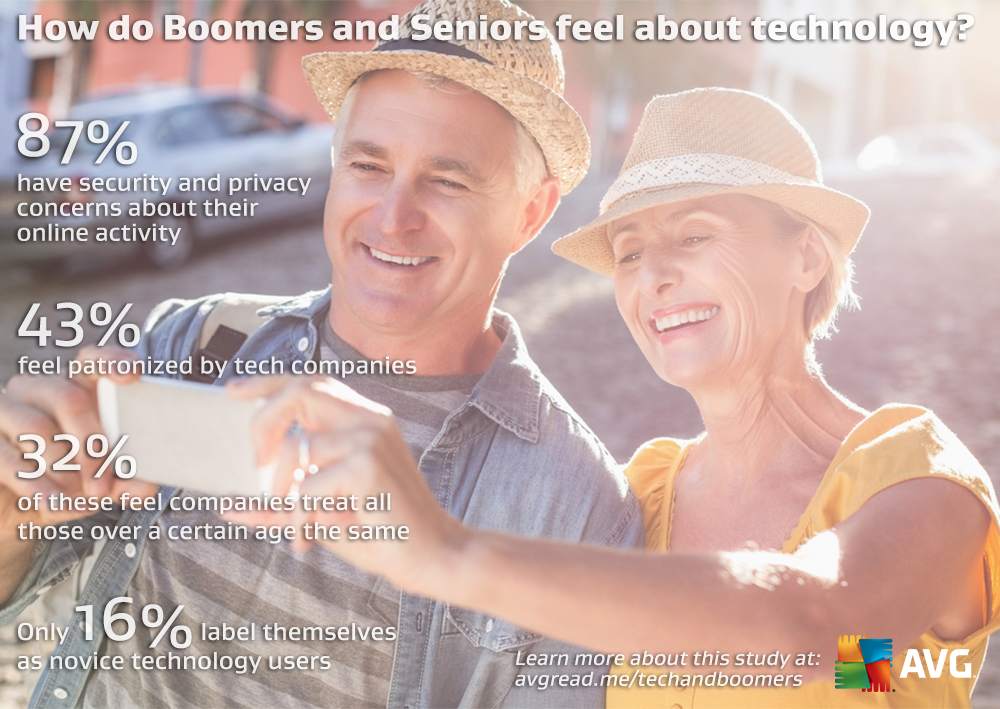
Earlier this week, I highlighted these findings at the Lifelong Tech Summit as part of the 2015 Consumer Electronics Show in Las Vegas.
I was honored and delighted to address the assemblage on the topic because I believe the tech industry in general overlooks – if not neglects – the 50+ consumer segment.
Equally important, my talk on “The Privacy Fear Factor,” focused on what the tech industry needs to do to better serve the needs of the 50+ market – around the issues of data protection and online privacy. This has become an everyday issue and question of fundamental human rights for all of us at any age.
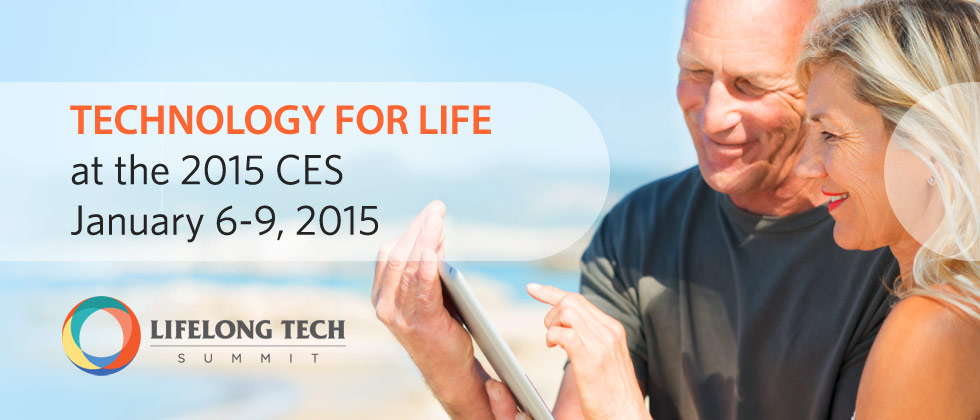
This is especially true for those 50+. We fiercely believe at AVG that regardless of age, people need to know that they don’t have to give up their privacy every time they go online.
But the nagging question remains: why are Boomers and Seniors being undervalued and/or patronized by our industry when they represent a $3 trillion opportunity (U.S. dollars in disposable income).
“why are Boomers and Seniors so undervalued when they represent a $3 trillion opportunity?”.
A basic tenet of marketing is that you have to first understand a market’s dynamics before you can address a market. And therein lays the heart of the issue.
In my view, the industry needs an attitude adjustment regarding the 50+ market. And I look forward to continuing dialogue on this topic – and in addressing this important demographic.
I’ll close with more of Karpf ‘s eloquent take on aging:
“How to enable the growing numbers of old people to live comfortable, meaningful lives is a fundamental issue of equality, with benefits for all. If we make the world better for old people, we make it better for everyone, from stroller pushers to wheelchair-users.”
